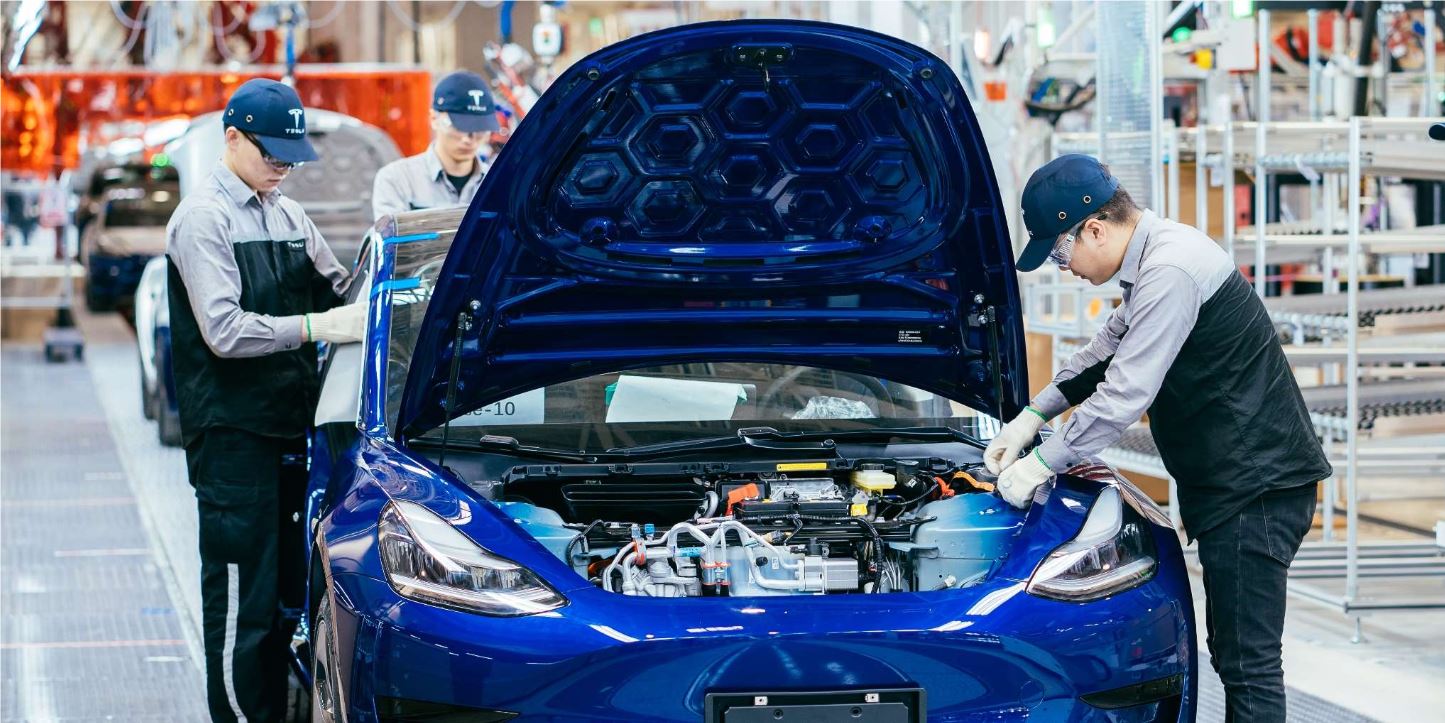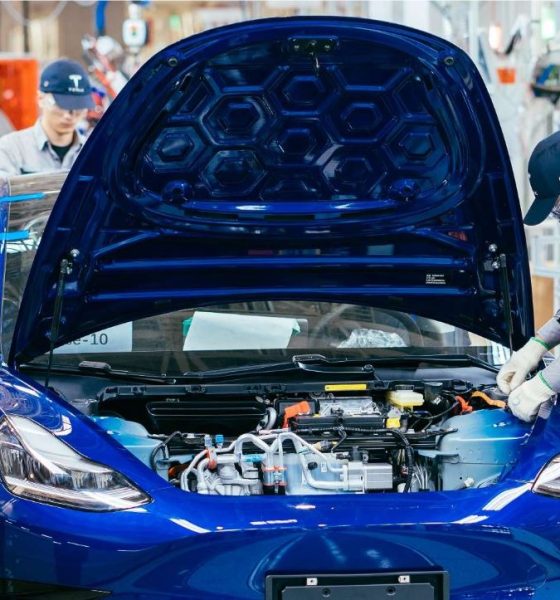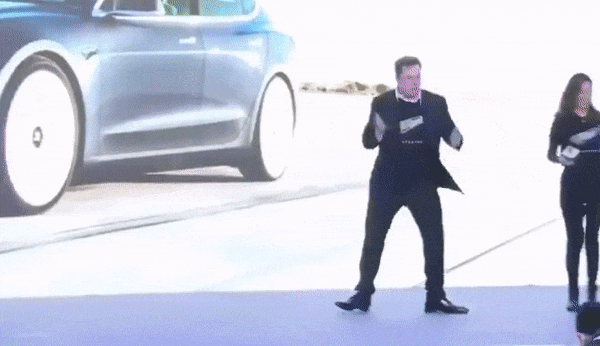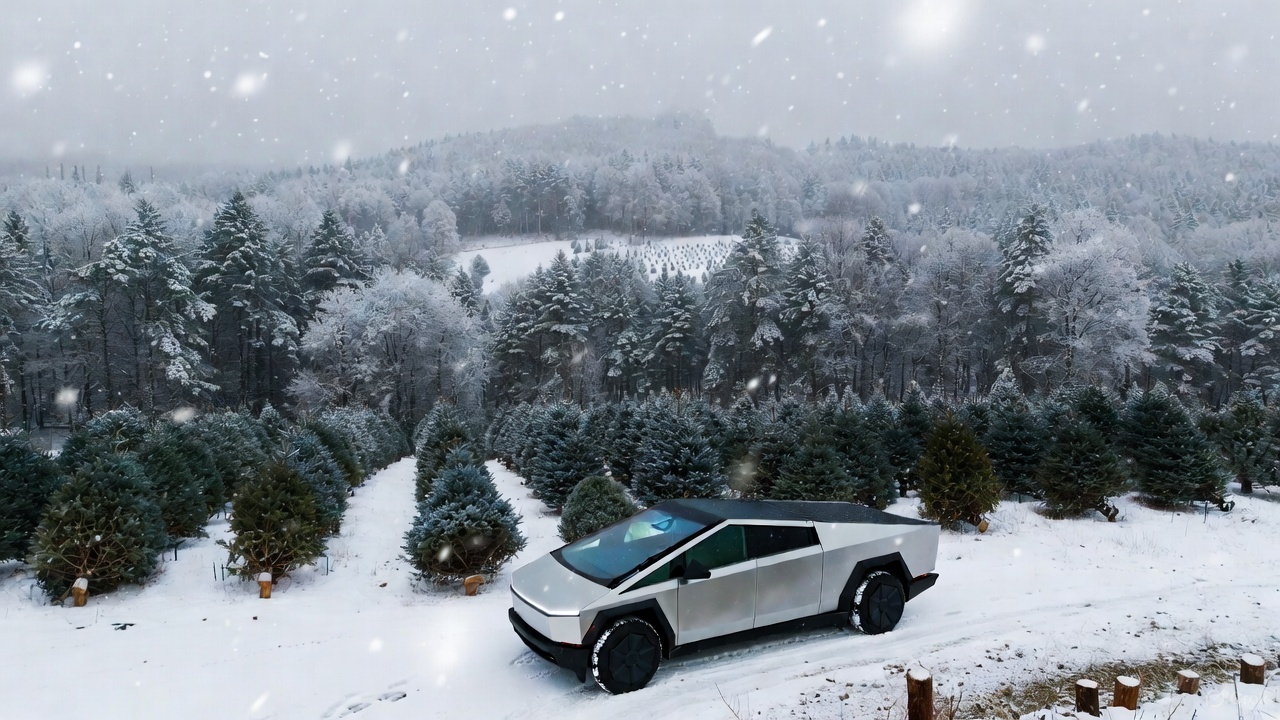

News
Tesla China manufacturing shines as MIC Model 3 claims top spot in quality survey
A recent survey showed that Tesla’s Made in China Model 3 was ranked as the highest quality sedan in the second quarter of 2020 in the country, citing only .7 complaints per 10,000 vehicles. While the data shows the Model 3 is striking a chord with its Chinese consumers, it also shows the quality of the company’s products that are manufactured at Giga Shanghai.
Chinese quality complaint company CheZhiWang surveyed 38 total sedans that are available in the world’s largest automotive market. The survey included both foreign and domestic models.
The findings concluded that the Tesla Model 3 sedan that is manufactured at the company’s Chinese production facility located in Shanghai is the highest-quality sedan available to consumers in China. Owners of the all-electric vehicle indicated that complaints were nearly obsolete for the Model 3, stating that less than one complaint was registered per 10,000 cars sold.
JUST IN: CheZhiWang, 🚗 quality complaint data collecting site in 🇨🇳 , finds in Q2, Model 3 is the least complained car w/ 0.7 complaint/10k 🚗, topping all 37 other models foreign or domestic. This is the 1st time Model 3 ranks top spot in the findings. @elonmusk @teslacn pic.twitter.com/MTltHrNe2V
— Ray (@ray4tesla) August 2, 2020
The data also suggests that the average domestic car complaint sales ratio in the second quarter was 37.2 complaints per 10,000 vehicles, 12365 Auto reported. All 38 cars that appeared on the list showed lower complaint rates than the national average. However, only the Model 3 was able to keep its complaint rate under 4.2 per 10,000 vehicles.
Perhaps the most striking piece of information gathered from this data is the fact that the Made in China Model 3 is experiencing less criticism on a grand scale than other vehicles, despite the company only producing the car at its Shanghai factory since January 2020. Although Tesla’s workers in China have only been building electric cars for consumers for a short period, the quality of manufacturing is the highest based on the data.
The survey is a testament to the quality of Tesla’s vehicles in Shanghai and the improvements the company has made in manufacturing. When new cars are introduced to an automaker’s fleet, there are bound to be small errors in production that can be recognized as “build quality” issues. These include panel gaps, paint chips, misaligned headlights, faulty buttons and levers, and small cosmetic errors, among many other things.
Tesla, like many other car companies, has had issues in the past with the build quality of its new cars. When owners take delivery of their new electric vehicles, they are required to inspect the car to take notice of any issues there may be cosmetically or functionally. If a problem is spotted, Tesla will take care of the issue to ensure the customer is happy with their purchase. Unfortunately, there have been instances where owners have declined the delivery of their new car because of an excess of quality issues.
This issue isn’t exclusive to Tesla, however. Many automakers experience build quality complaints with their cars. It is a product of accelerated manufacturing to keep up with demand, and companies are bound to make mistakes sometimes.
However, less than one complaint per 10,000 vehicles is an impressive accomplishment for the Giga Shanghai team. To have such low numbers on a massive scale shows Tesla’s manufacturing efficiencies are improving, and the company’s quality is going up amidst demand that continues to increase in China.
The Made in China Model 3 was the most popular electric car in the world in June, registering over 35,000 units sold during the month, according to the EV Sales Blog.
That’s something to dance about.

H/t: @Ray4Tesla on Twitter

Elon Musk
Starlink passes 9 million active customers just weeks after hitting 8 million
The milestone highlights the accelerating growth of Starlink, which has now been adding over 20,000 new users per day.

SpaceX’s Starlink satellite internet service has continued its rapid global expansion, surpassing 9 million active customers just weeks after crossing the 8 million mark.
The milestone highlights the accelerating growth of Starlink, which has now been adding over 20,000 new users per day.
9 million customers
In a post on X, SpaceX stated that Starlink now serves over 9 million active users across 155 countries, territories, and markets. The company reached 8 million customers in early November, meaning it added roughly 1 million subscribers in under seven weeks, or about 21,275 new users on average per day.
“Starlink is connecting more than 9M active customers with high-speed internet across 155 countries, territories, and many other markets,” Starlink wrote in a post on its official X account. SpaceX President Gwynne Shotwell also celebrated the milestone on X. “A huge thank you to all of our customers and congrats to the Starlink team for such an incredible product,” she wrote.
That growth rate reflects both rising demand for broadband in underserved regions and Starlink’s expanding satellite constellation, which now includes more than 9,000 low-Earth-orbit satellites designed to deliver high-speed, low-latency internet worldwide.
Starlink’s momentum
Starlink’s momentum has been building up. SpaceX reported 4.6 million Starlink customers in December 2024, followed by 7 million by August 2025, and 8 million customers in November. Independent data also suggests Starlink usage is rising sharply, with Cloudflare reporting that global web traffic from Starlink users more than doubled in 2025, as noted in an Insider report.
Starlink’s momentum is increasingly tied to SpaceX’s broader financial outlook. Elon Musk has said the satellite network is “by far” the company’s largest revenue driver, and reports suggest SpaceX may be positioning itself for an initial public offering as soon as next year, with valuations estimated as high as $1.5 trillion. Musk has also suggested in the past that Starlink could have its own IPO in the future.
News
NVIDIA Director of Robotics: Tesla FSD v14 is the first AI to pass the “Physical Turing Test”
After testing FSD v14, Fan stated that his experience with FSD felt magical at first, but it soon started to feel like a routine.

NVIDIA Director of Robotics Jim Fan has praised Tesla’s Full Self-Driving (Supervised) v14 as the first AI to pass what he described as a “Physical Turing Test.”
After testing FSD v14, Fan stated that his experience with FSD felt magical at first, but it soon started to feel like a routine. And just like smartphones today, removing it now would “actively hurt.”
Jim Fan’s hands-on FSD v14 impressions
Fan, a leading researcher in embodied AI who is currently solving Physical AI at NVIDIA and spearheading the company’s Project GR00T initiative, noted that he actually was late to the Tesla game. He was, however, one of the first to try out FSD v14.
“I was very late to own a Tesla but among the earliest to try out FSD v14. It’s perhaps the first time I experience an AI that passes the Physical Turing Test: after a long day at work, you press a button, lay back, and couldn’t tell if a neural net or a human drove you home,” Fan wrote in a post on X.
Fan added: “Despite knowing exactly how robot learning works, I still find it magical watching the steering wheel turn by itself. First it feels surreal, next it becomes routine. Then, like the smartphone, taking it away actively hurts. This is how humanity gets rewired and glued to god-like technologies.”
The Physical Turing Test
The original Turing Test was conceived by Alan Turing in 1950, and it was aimed at determining if a machine could exhibit behavior that is equivalent to or indistinguishable from a human. By focusing on text-based conversations, the original Turing Test set a high bar for natural language processing and machine learning.
This test has been passed by today’s large language models. However, the capability to converse in a humanlike manner is a completely different challenge from performing real-world problem-solving or physical interactions. Thus, Fan introduced the Physical Turing Test, which challenges AI systems to demonstrate intelligence through physical actions.
Based on Fan’s comments, Tesla has demonstrated these intelligent physical actions with FSD v14. Elon Musk agreed with the NVIDIA executive, stating in a post on X that with FSD v14, “you can sense the sentience maturing.” Musk also praised Tesla AI, calling it the best “real-world AI” today.
News
Tesla AI team burns the Christmas midnight oil by releasing FSD v14.2.2.1
The update was released just a day after FSD v14.2.2 started rolling out to customers.

Tesla is burning the midnight oil this Christmas, with the Tesla AI team quietly rolling out Full Self-Driving (Supervised) v14.2.2.1 just a day after FSD v14.2.2 started rolling out to customers.
Tesla owner shares insights on FSD v14.2.2.1
Longtime Tesla owner and FSD tester @BLKMDL3 shared some insights following several drives with FSD v14.2.2.1 in rainy Los Angeles conditions with standing water and faded lane lines. He reported zero steering hesitation or stutter, confident lane changes, and maneuvers executed with precision that evoked the performance of Tesla’s driverless Robotaxis in Austin.
Parking performance impressed, with most spots nailed perfectly, including tight, sharp turns, in single attempts without shaky steering. One minor offset happened only due to another vehicle that was parked over the line, which FSD accommodated by a few extra inches. In rain that typically erases road markings, FSD visualized lanes and turn lines better than humans, positioning itself flawlessly when entering new streets as well.
“Took it up a dark, wet, and twisty canyon road up and down the hill tonight and it went very well as to be expected. Stayed centered in the lane, kept speed well and gives a confidence inspiring steering feel where it handles these curvy roads better than the majority of human drivers,” the Tesla owner wrote in a post on X.
Tesla’s FSD v14.2.2 update
Just a day before FSD v14.2.2.1’s release, Tesla rolled out FSD v14.2.2, which was focused on smoother real-world performance, better obstacle awareness, and precise end-of-trip routing. According to the update’s release notes, FSD v14.2.2 upgrades the vision encoder neural network with higher resolution features, enhancing detection of emergency vehicles, road obstacles, and human gestures.
New Arrival Options also allowed users to select preferred drop-off styles, such as Parking Lot, Street, Driveway, Parking Garage, or Curbside, with the navigation pin automatically adjusting to the ideal spot. Other refinements include pulling over for emergency vehicles, real-time vision-based detours for blocked roads, improved gate and debris handling, and Speed Profiles for customized driving styles.








